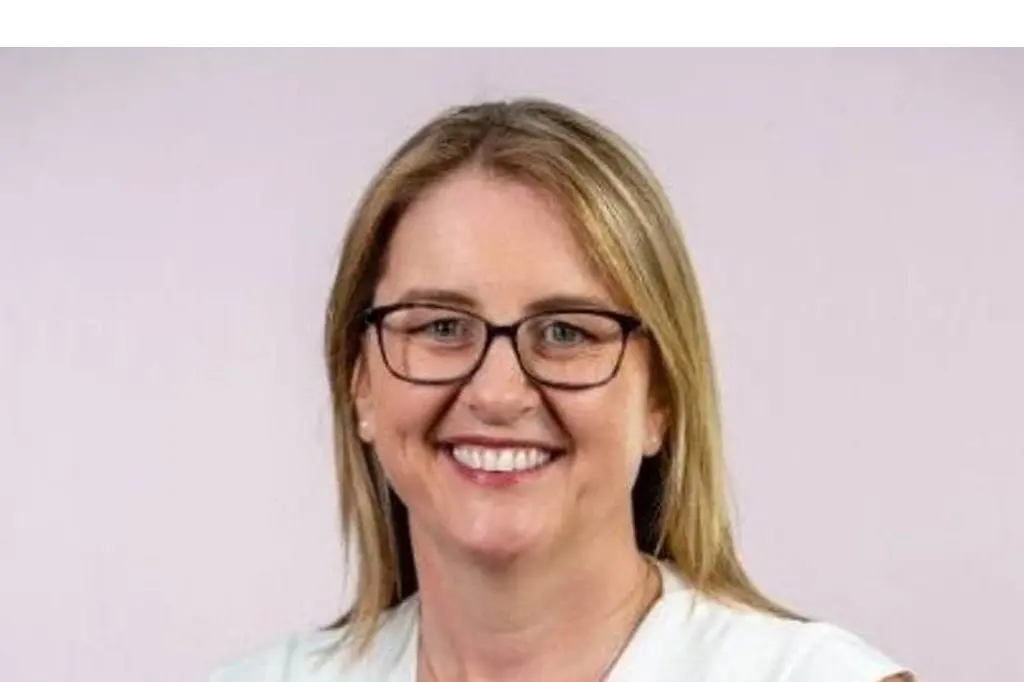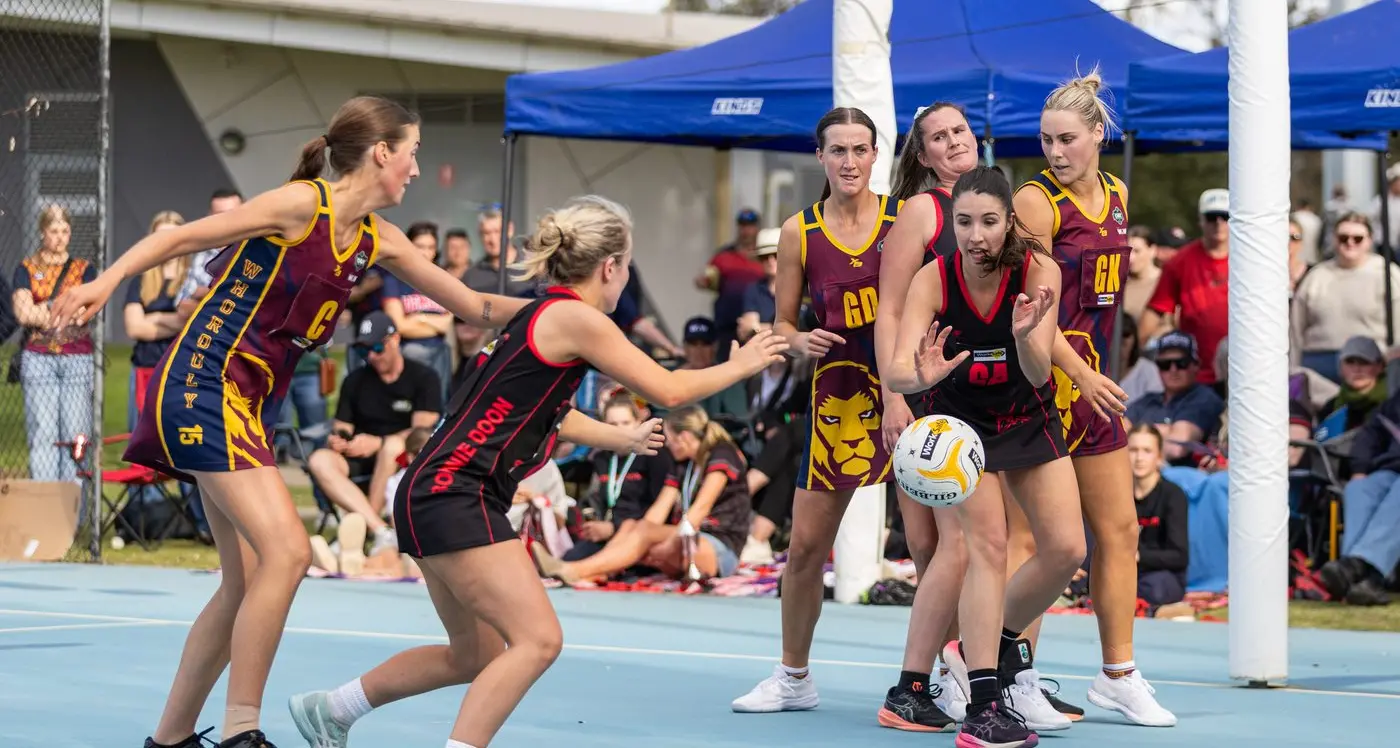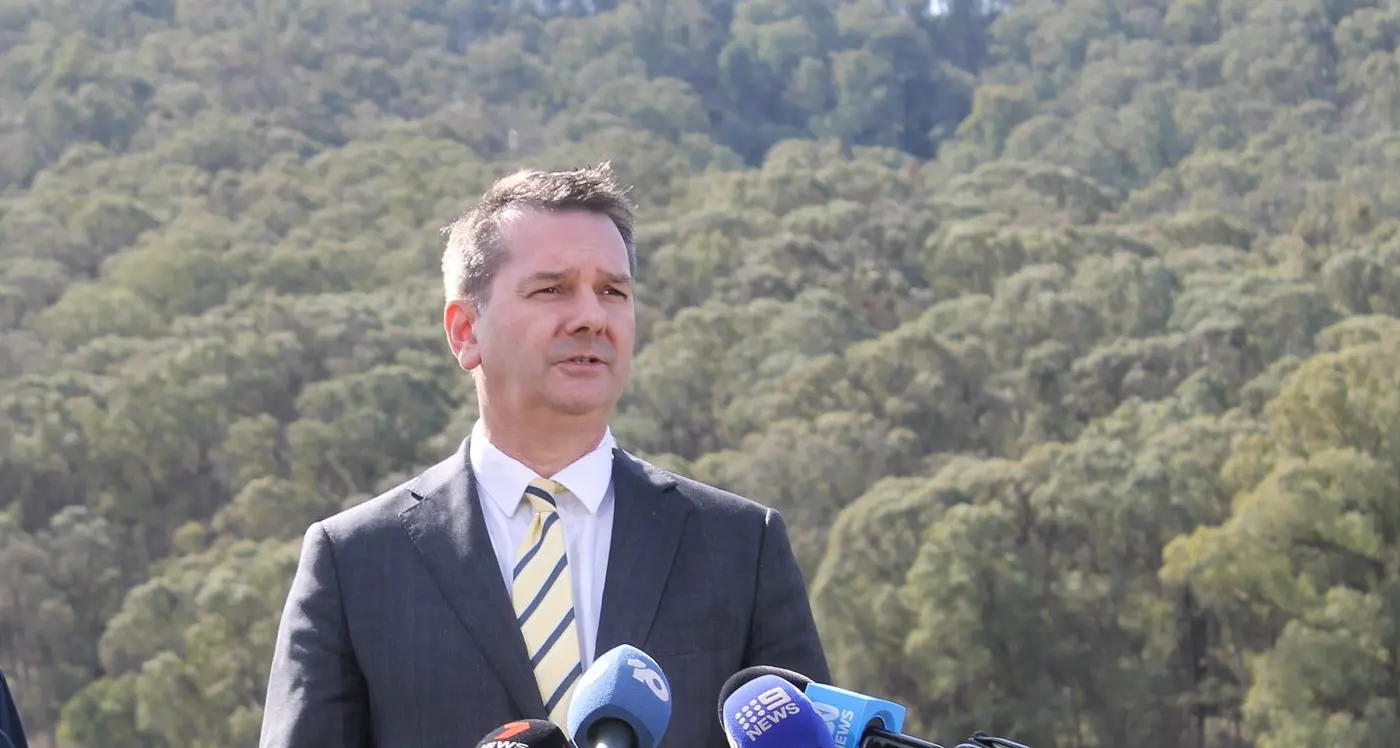PHOTO
Victoria is set to fast-track townhouses and low-rise apartment developments under a new planning code aimed at streamlining approvals and reducing red tape.
The initiative, announced by Premier Jacinta Allan and Planning Minister Sonya Kilkenny, is designed to cut planning approval times by up to 60%.
Victoria needs 2.24 million new homes by 2051 to preserve the dream of homeownership for young people and workers, and to make sure there's enough rentals for those who need them.
Where growth has gone over the last 30 years
The growth of housing in Victoria over the past 30 years has not been uniform, with a 65 percent overall increase.
Since 1996, the western suburbs of Melbourne collectively grew 114 per cent, and the north and the southeast grew 75 per cent.
Councils in outer ring suburban Melbourne experienced significantly higher growth rates. For example, Melton in the outer west saw a 433 percent increase, Wyndham 346 percent, and Casey in the outer south east 211 percent.
The inner southeastern and eastern suburbs grew 32 per cent and 36 per cent respectively.
Meanwhile, inner-suburban councils like Boroondara and Bayside had much lower growth rates, at 24 and 28 percent respectively.
Where these homes go matter
New greenfield housing sub-targets have been introduced for Geelong, Bendigo and Ballarat as well as growth area councils in metro Melbourne - these are all about recognising those unique growth pressures.
These targets mean a quarter of homes will be in regional Victoria by 2051, including 128,600 in Greater Geelong, 46,900 in Ballarat and 37,000 in Bendigo.
Last year, the Labor Government announced it would back regional and rural councils with funding for planners and resources to meet these targets.
Councils will be held accountable for meeting their targets. It's up to councils to work together with Government and industry to unlock this capacity in a way that's right for the community.
But if councils have no interest in doing so, there will be consequences - Government will intervene and unlock space for more homes, including through rezoning.
Premier Jacinta Allan said: "It's simple - work with us to unlock space for more homes or we'll do it for you."
She added: "It's not fair that Victorian families and young people have been completely locked out of living in some areas, while other parts of Melbourne have had to bear the brunt of all that growth."
"We're in a housing crisis and the status quo is not an option. It's time to shake things up."
The Minister for Planning Sonya Kilkenny will also retain her powers to intervene and fast-track developments.
Kilkenny said of the new development green light. "There are many councils who have done the right thing and made life better and more affordable for locals."
"To the councils who used to block and who are now ready to build, I say to them: let's talk."
What it means for planning approvals
Under the new "townhouse and low-rise code," developments of up to three storeys that meet specific design and environmental criteria will receive automatic approval, significantly limiting the ability of neighbors to challenge them.
The streamlined process aims to support faster housing delivery amid growing demand.
The Property Council of Victoria has welcomed the move but warned that additional measures-such as tax relief and support for developers-will be necessary to ensure the targets are met amid ongoing economic challenges in the sector.
To qualify for automatic approval, projects must meet a set of requirements, including minimum setbacks, designated green spaces, a mix of apartment sizes, access to natural light, adequate storage, and adherence to sustainability and energy efficiency standards.
Local councils will be responsible for verifying compliance with these standards.
If a project meets the criteria, it will be fast-tracked and granted approval without the risk of appeals to the Victorian Civil and Administrative Tribunal (VCAT).
The current planning system requires an average of 145 days for a decision, with appeals adding an additional 175 days.
By removing unnecessary delays, the government hopes to accelerate much-needed housing construction across the state.
While neighbours will still be notified of proposed developments, the revised system is designed to ensure communities have input without unnecessary hold-ups.
Proposals that do not meet the set criteria will continue to go through the standard approval process, and local planning controls, such as heritage overlays and flood risk assessments, will remain in place.
A planning permit application will have to include all the evidence it meets the code - which is formally called the Townhouse and Low-Rise Code. When an application is submitted, councils will assess if it meets the code.
The government is also working on measures to fast-track mid-rise apartment developments between four and six storeys and is undertaking a significant overhaul of the Planning and Environment Act.
These efforts follow concerns that Melbourne's housing growth has been unevenly distributed, with an over-reliance on new developments in outer suburban areas contributing to urban sprawl.
Some councils, such as Boroondara, have pushed back against state-imposed targets, arguing that they have already been accommodating growth responsibly within existing infrastructure.
The state government's focus on planning reform and housing delivery reflects a broader effort to address Victoria's growing population and housing affordability pressures.





